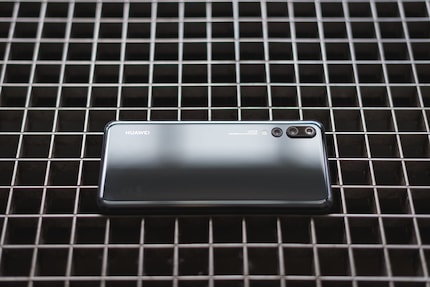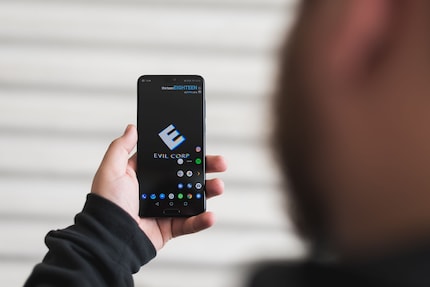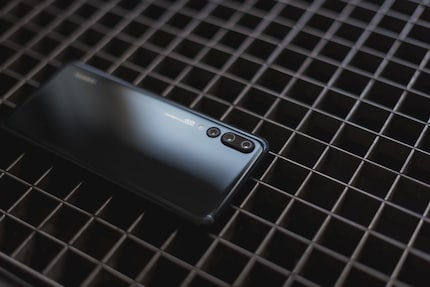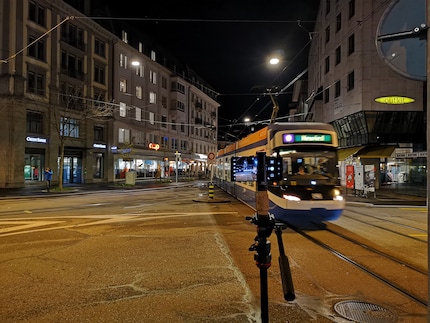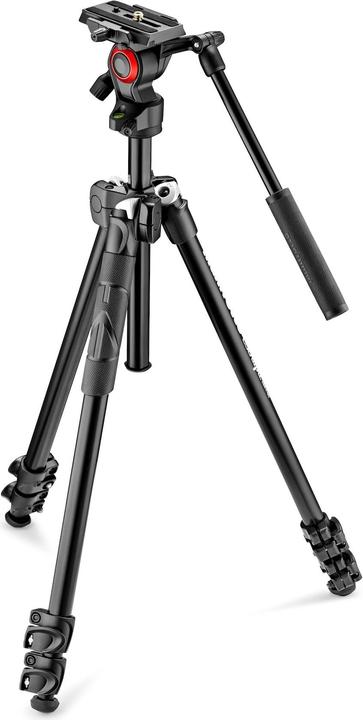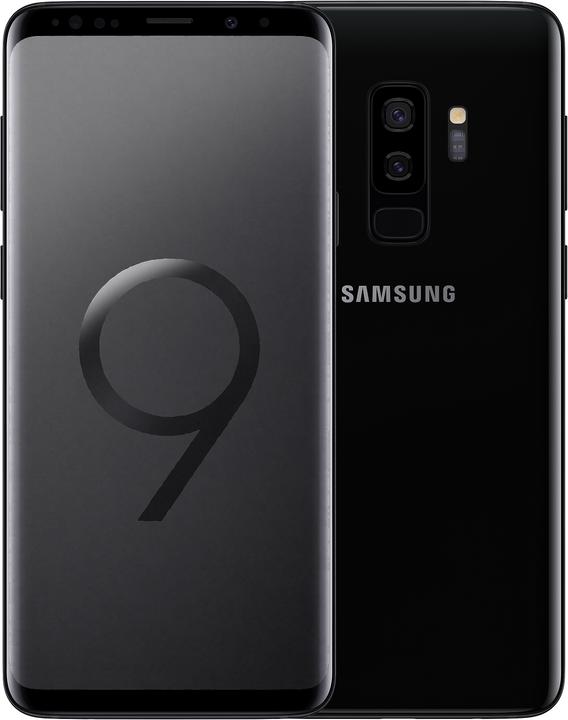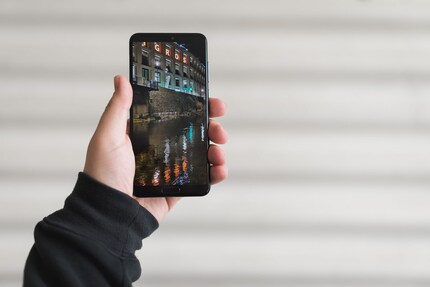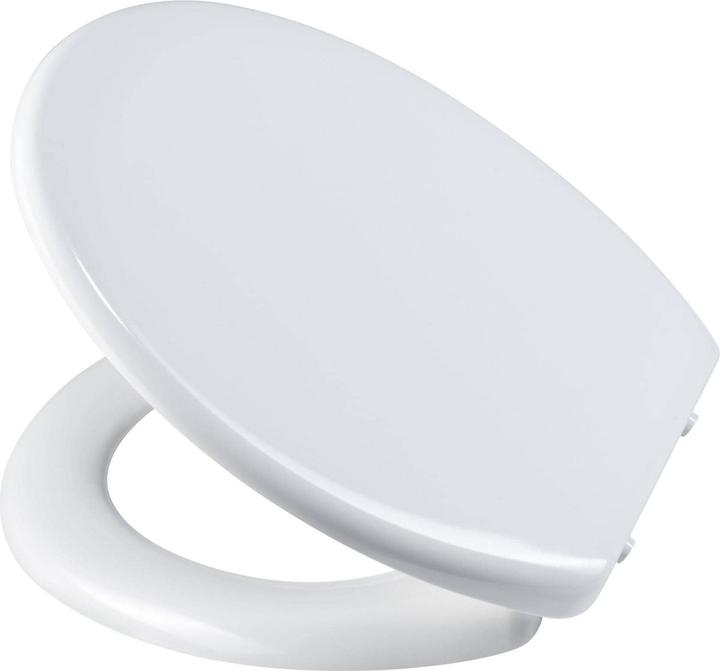
Huawei P20 Pro: setting a new standard
Huawei is keen to capture the market with the P20 Pro – and last year’s hardware. The P20 Pro is their secret weapon. And I must say, this phone isn’t just good; it’s really good. It’s definitely one of the best phones of this year. And it gives rise to questions that the market needs to face.
And now for something completely different: Huawei’s P20 Pro – possibly the best phone of the year.
New standards across the board. The Huawei P20 Pro is one of the best phones I have ever held in my hands. It’s definitely closer to setting new standards than any other phone in the past five years.
High speed with last year’s hardware
The industry wants you to believe that only the latest SoC gives you really good performance. It's a brave decision to launch a model this year and use last year's Kirin 970. Your rivals never rest – Exynos and Qualcomm are both launching new SoCs. Is Huawei tired? Or arrogant?
Neither. Tests reveal that the 970 platform delivers excellent performance. You'll have a hard time finding a phone with shorter reaction times. This is particularly noticeable when you're unlocking it: Fingerprint scanners and face recognition both take well under half a second to unlock your home screen. Apps start at a speed I've never seen before. Data processing and animation run smoothly.
To cut a long story short: When it comes to ease of use, I have nothing but praise for the Huawei P20 Pro.
What this means for the industry
«Last year's hardware» should put a question mark on the faces of industry insiders. In a business with an innovation cycle of a year, it's never happened before that a company relies on outdated technology and then calls their device a flagship. The Kirin 970 was presented at the IFA in Berlin in the autumn of 2017, so it is about seven months old. A critical age.
Unless there's something in store for IFA 2018 in September.
All right, now that we know about the hardware, let's take a look at where Huawei gets that extra power from. One aspect is the software. Huawei has made major improvements to the software and is putting pressure on all manufacturers who take longer to implement updates. Huawei is making a point of showing that there's always room to improve. This is a new standard that all manufacturers will have to measure up to in the future.
The fact that software alone has such a large impact on performance that a phone outperforms the competition even with outdated hardware raises a few questions:
- How would a device with optimised software and the latest hardware perform?
- Why does the innovation cycle have to be a year?
Watch out, Samsung
When it gets dark, the phone activates night mode. The moment when Huawei CEO Richard Yu talked about night shots at the keynote presentation in Paris was rather memorable. He enthusiastically explained that the P20 Pro had great long exposure.
He stated that he didn't see the red flowers with the naked eye, but the camera did. Not only the flowers, but also their colour. The picture really does show red flowers. I suspect that this isn’t just due to time exposure; when I take a close look at the camera system, I see there’s support from the Kirin Engine everywhere.
One night in Zurich
So we headed out to capture Zurich by night. We chose a scene that looked pretty and combined dark and light. We worked with shoulder pods and tripod, which we attached to the smartphones in order to capture the same shot with every phone.
During the test, the Huawei P20 Pro showed inconsistent behaviour. In auto mode, it chose a long exposure time of up to 30 seconds in some cases and took fast shots in others. The other phones didn't activate long exposure, so we only compared the short exposure shots.
Huawei P20 Pro
Picture taken with Huawei P20 ProSamsung Galaxy S9+
Picture taken with Samsung Galaxy S9+Huawei Mate 10 Pro
Huawei Mate 10 ProWiko View 2
Picture taken with Wiko View 2What about other aspects?
The other aspects are also compelling; although some only after making configurations and taking a second look.
See you again at the end of the year
This is a bold claim, but I say the Huawei P20 Pro is the phone of the year. Of course, it’s only April, but it will take a lot of hard work by other manufacturers to launch a phone that’s better than this one. It’s definitely better than Samsung’s Galaxy S9 and it has outstaged the world's largest chip manufacturer.
Huawei has set a new standard. Not only in terms of image quality and artificial intelligence, but also in the way the industry deals with hardware and its planning.
Great work, Huawei.
Journalist. Author. Hacker. A storyteller searching for boundaries, secrets and taboos – putting the world to paper. Not because I can but because I can’t not.


